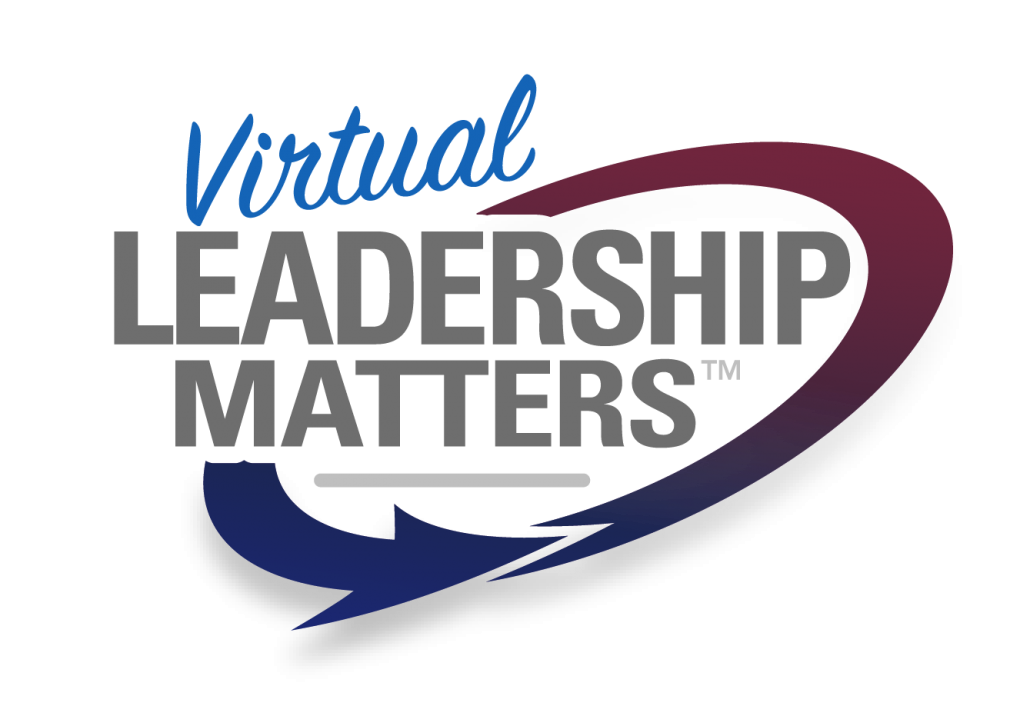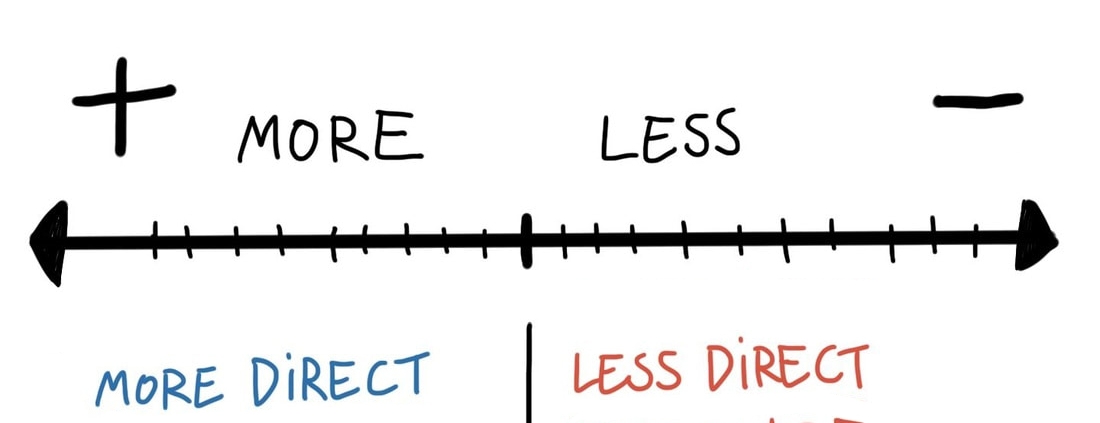Setting Expectations: Emphasizing Outcomes versus Activities
Setting expectations is an essential step in managing employee performance. This is especially important for business leaders who manage employees that are working from home. There are multiple approaches in setting expectations, this article will explore two methods commonly practiced today. The first method bases expectations on employee activity while the second method focuses on outcomes. This article will discuss why focusing on outcomes rather than activities will produce greater results for you and the people you lead.
Outcomes are the desired end result of your team’s work. This can take the form of a physical product, a rendered service, or any other team project. Examples of a team’s outcomes could be submitting a proposal, meeting a sales quota or completing the internal budget by a specified deadline date. While outcomes are the what, activity is the how. Activity includes all the tasks, steps and actions that are involved in completing the product/project. If the outcome was a proposal for a company client, activity would be conducting research, organizing data or writing the first draft. The “what” would be a description of what the final proposal should contain.
Move Beyond Monitoring Activity
Some leaders set expectations based on employee activity. In this method, employees are expected to follow a prescribed process to produce results. The leader will decide how the employees are to complete their work, telling their employees what to do and when to do it. Leaders who are focused on Compliance and Control of how things are done will supervise team members to make sure they do not deviate from instructions and complete each task the way it was explained. While this method does produce results, it carries multiple drawbacks.
Focusing on monitoring people’s activity is very time consuming and requires more work on the part of the leader. Frequent check-ins will be required to ensure the tasks are accurately performed to instructions because the employees may not know where they are headed as a final outcome, they only know the task they are to complete. Policing the activity of employees is especially difficult while working remotely due to the physical distance separating individuals. Team members will likely pause working until they can get answers to any roadblocks encountered. The process of “waiting for permission” is a result of the leader owning the responsibility to decide what additional steps should be taken. This can cause significant delays and erode efficiency.
Additionally, the Compliance Control Trap™ approach to leadership does not effectively engage or develop team members. There is little or no problem solving or decision making required when the employee does not control the process of how to achieve the desired results. When something does not work right, employees will feel less responsible for solving the problem because they were simply following the orders of their leader. This results in the leader addressing each problem that comes up rather than the employee learning how to solves problems themselves. It is important to note that the level of employee commitment to the work is what’s at stake her. Numerous studies have been published the last decade outlining the gap in productivity between employees who are highly committed to the work and those that are not.
Creativity and problem-solving are essential indicators of top-performing individuals and must be developed through practice over time. When leaders control how employees work, they limit their development as business professionals and future leaders within the organization. The result becomes mini versions of the leader rather than a team of engaged individuals with unique insights and expertise. In the professional services industries this is called leveraging and it’s vital for success.
Focus on Desired Outcomes
The solution to many of the issues that arise when the leader mandates how a task is to be done is to set expectations around outcomes rather than activities. This is done by clearly outlining what you expect the end product/project to look like and providing tangible benchmarks to guide the efforts of team members. Communicate to team members their autonomy and decision-making authority over the process of achieving the desired outcome. Seek to support their efforts by providing any tools they may need to work more effectively. Deliver feedback when appropriate and provide clarity to team members that have additional questions regarding what the end product/project should be.
A common objection to this method voiced by leaders, is the fear of mistakes that might be made by employees when the employees control the decisions regarding their activity and how to do things. It is important to realize that mistakes are a predictable part of learning, development and innovation. When setbacks do inevitably occur, provide employees with the opportunity to identify what went wrong and engage in coaching conversations to enable employees to make better decisions moving forward. Tolerance for employee mistakes must of course be balanced against the potential consequences of the mistake. As the employee builds competence, the leader can provide more decision-making latitude on how to achieve the desired outcomes. The level of autonomy given to the employee must be a function of their demonstrated competence in completing the task and meeting expected outcomes. Regular check-ins to reinforce the desired outcomes and monitor progress against the outcome will help ensure that any mistakes made by team members do not cause major damage to a project or jeopardize the organization.
When you lead with the Commitment Empowerment Model, your team members take responsibility for how to produce an outcome, and you will have more time and energy to invest elsewhere. Team members will become more engaged in the process when they are deciding the best way to produce the desired outcome. They will problem-solve so you do not have to when tasks encounter unexpected roadblocks. More efficient methods of completing tasks may be developed by team members that otherwise would have been undiscovered by you alone.
Key insights
Bring out the best in those you lead/manage by setting expectations around the desired outcomes. Establish clarity in the minds of your employees with respect to what the end product will look like and allow them to decide how best to achieve it. Rather than telling them what to do, allow them to figure it out for out themselves. Focusing your time on providing feedback, clarity and support, will enable you to shift time and energy to work on value-added endeavours that help you grow as a leader and that provide greater benefit to the organization. This will not only reduce the need to constantly monitor people, it will also result in the growth and development of those you manage, leading to increased productivity.
The Authors
David Town, HBA, CHRL, ACC, is a facilitator and coach of leadership and management principles that enable individuals and organizations to build greater leadership competency, resulting in higher performance and higher employee engagement. David has a particular focus on effective leadership of virtual teams. David is a member of the Human Resources Professionals Association (HRPA), the International Coaching Federation (ICF) and is Co-Founder and Principal of Virtual Leadership Matters Inc.
Gabriel Olver, BComm, recently graduated from the University of Saskatchewan with a degree in Business Management. He has worked with multiple businesses to expand and maintain their operations as a business counsellor. Gabriel works alongside the team at Virtual Leadership Matters Inc. to offer virtual leadership solutions to business leaders across Canada.



